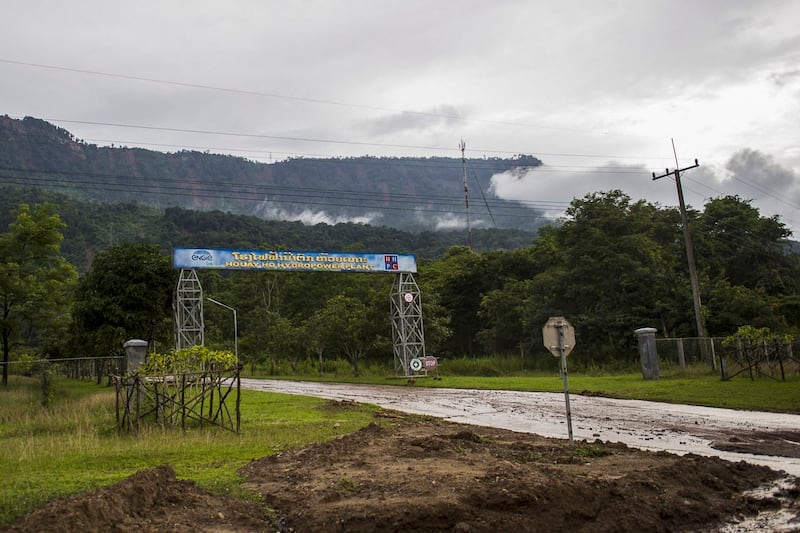Residents in Laos complain about daily power outages, especially during times of heavy rainfall, which some residents find perplexing given the country’s attempt to become the “Battery of Southeast Asia.”
The country has built dozens of hydroelectric dams on the Mekong River and its tributaries – many with Chinese funding – but the domestic power grid remains outdated and in disrepair, residents say.
And the state-run Electricite du Laos, or EDL, is so burdened with construction debt that it can ill afford improvements, let alone maintenance – even though electricity prices are rising.
The heavy rains during the wet season, which runs from about June to September, also seems to keep the electric grid from functioning properly.
During this year’s rainy season, it seems as if every time lightning strikes, the power goes out, a resident of the northern province of Xieng Khouang, who like all other unnamed sources in this report requested anonymity for security reasons, told RFA Lao.

She said that the power often stays off “all day and all night” and s/he does not know why.
“The power is down but the power prices are up,” the resident said. “Right now, I’m paying about 9,000 kip (41 U.S. cents) more each month. Everybody is complaining about the power outages, saying that the power is not only more expensive but less available.”
She also said that the Lao economy is suffering and the power outages only make it worse.
Affects tourism
When the power is unreliable it drives away tourism, a key source of income for many, an owner of an apartment building in the southern province of Savannakhet told RFA.
She said that this has a ripple effect that worsens the economy.
“But our expenses are getting higher and higher,” the building owner said. “The electricity is not only expensive but also not stable. It’s cut off every day, between one and three hours a day. I’m urging the government to solve the problem as soon as possible. I pay more than 2 million kip ($100) a month for power.”
The building owner said that on the previous day, the power was out between 3 p.m. and 1 a.m.
“As soon as it rains or there is thunder, the power is out,” she said.
A hospital employee in the northern province of Phongsaly confirmed that power is out for at least two hours per day.
“I notice that if it’s not raining, the power is not out; as soon as it rains, it’s out,” she said. “When the power is out, we call the power state enterprise right away so that the outage won’t affect our work as doctors and nurses.”
An official at EDL’s office in Xayaburi province acknowledged that the country’s electricity grid is “not up to standard.”
“The power is out often because we don’t have enough human and financial resources to maintain the system, more specifically to help restore power,” she said. “We have fewer people working in our department.”
Another EDL official, in the company’s headquarters, told RFA that the utility is handcuffed by massive debt, so it does not have the funds to improve and maintain the grid.
“As for rising power prices, EDL can’t lower the prices because the enterprise is in need of revenue to pay debt and other obligations,” he said. “The government doesn’t have enough budget for maintenance, for example, even to change light bulbs on the street, we don’t have any vehicles, equipment or money to do it.”
EDL’s debt is about US$4.3 billion, most of which has gone to dam construction. That's about 30% of the country’s total debt.
The country’s Prime Minister Sonexay Siphandone last year introduced a plan to reform many state enterprises, including EDL.
Translated by Max Avary. Edited by Eugene Whong.
